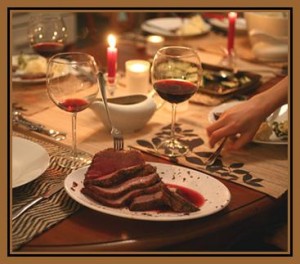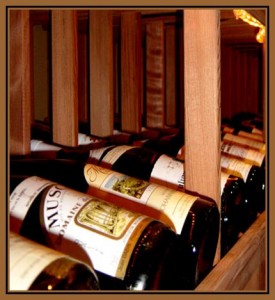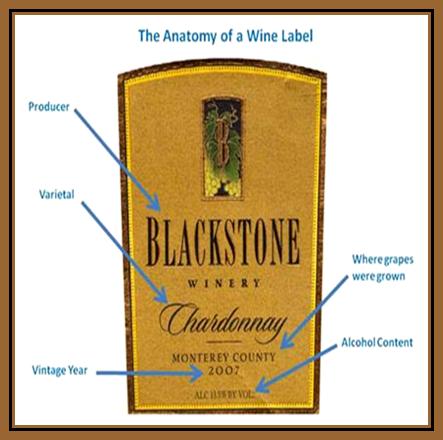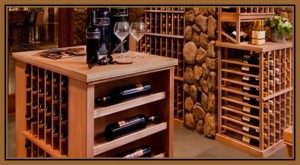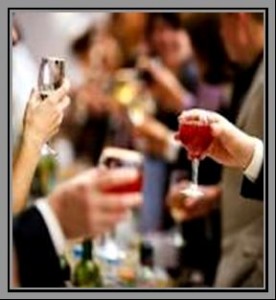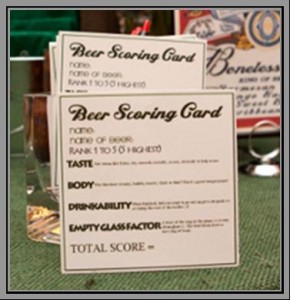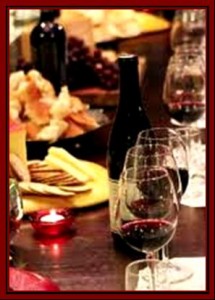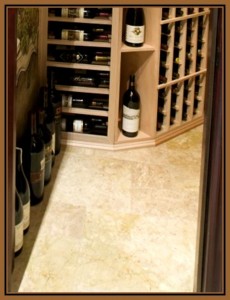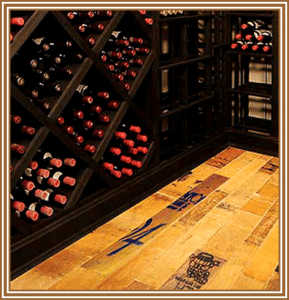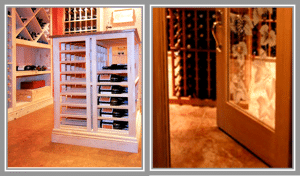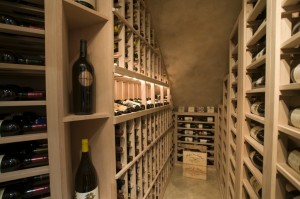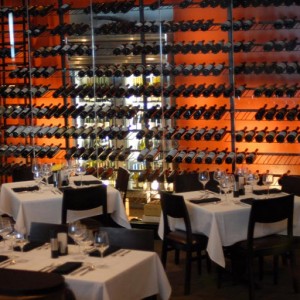Wine cellar refrigeration systems in Chicago are an essential aspect of wine storage. Wine cellar cooling units help make sure that the temperature and humidity in your residential wine cellar in Chicago are kept at the ideal ranges. Wines cannot mature well if they aren’t kept in the ideal temperature and humidity ranges.
Residential Wine Cellar Project in Long Grove, Chicago, Illinois
A beautifully designed wine cellar in Chicago by Baroque Designs LCC is an example of a wine storage room that can provide the ideal conditions for wines.
This residential wine cellar is built in a home in Long Grove, Chicago, and can accommodate more than 1000 wine bottles.
Wines can be stored in many different ways, but when it comes to huge wine collections, custom wine cellars are the best place to keep them. The huge home wine cellar was built in a renovated billiard table room that is 15 x 17 feet.
Custom Wine Cellar Chicago – Unique Design
The residential wine cellar in Chicago was uniquely designed and built by Baroque Designs LCC. The wine cellar had a classic feel with a medieval design. The stonework was done in the wine storage room up to the 10’ ceiling. The wine racks were handmade from reclaimed barn wood, which was obtained from their local supplier. Four niches that were 2’ high and 6” deep in the corners of the wine racks were included, to showcase magnums. The wine racking was made to accommodate individual storage and a diamond bin was included for bulk storage.
Wine cellar doors are also an important part of custom wine cellars because how they are built may affect the temperature and humidity conditions inside the wine storage rooms. A purpose-built wine cellar door imported from Europe was installed in this beautiful home wine cellar in Chicago, Illinois.
A classic design wine tasting room is another beautiful feature of this Chicago residential wine cellar. The tasting room has a table and a few chairs. A reclaimed wine barrel head from Sonoma Valley in California was used as décor in this tasting room. The barrel head had the client’s name customized on it.
Wine Cellar Refrigeration System Chicago – Effectively Installed
Every home wine cellar in Chicago needs a wine cellar refrigeration unit to help make sure that the temperature and humidity are kept at the ideal levels. Wines will get damaged if there are constant fluctuations in these levels.
For this wine cellar project in Long Grove, Chicago, Illinois, US Cellar Systems provided an effective wine cellar refrigeration unit and had a licensed HVAC technician install the unit. The unit was a 300 cubic feet capacity Ductless Split Type Cooling unit.







